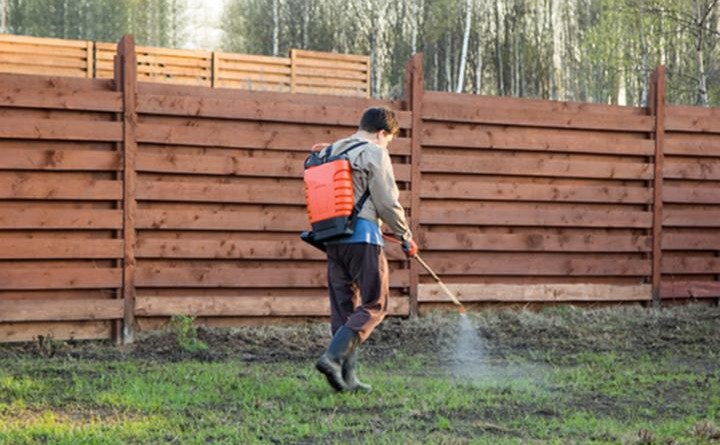According to Bloomberg in 2012 Americans spent about $40 billion on lawn care (fertilizer, exterminators, etc.) not counting their own labor. Since the EPA estimates that about 84 million households have access to a private lawn that’s about $500 per household per year. While you may not have thought about it before, a healthy yard not only provides you with a lot of enjoyment, it helps the environment, too.
Basics
For most lawns, mowing, water, and fertilizer do the job nicely. To maintain a lush thick lawn with deep roots that efficiently use water and that avoids harmful fungus:
- Cut to the highest mower setting and leave the clippings
- Water early in the morning about ½-inch twice per week or 1-inch once per week
- Avoid over-fertilizing
Cutting the grass high stimulates deep root growth. Leaving the clippings keeps the soil fertile, insulates against temperature extremes, and maintains uniform moisture. So much for the easy part. Maintaining soil fertility takes a bit of extra thought.
Fertilizer
Synthetic industrial fertilizers offer ease, but that ease comes with a dark side. The reason for that may strike you as strange, but it is what it is. Industrial fertilizers dissolve in water. Unlike the nutrients in natural fertilizers, which break down slowly and may nourish the lawn for several years, the solubility of synthetic fertilizers makes the nutrients available for the roots to absorb immediately. On the plus side, that produces a rapid response from turf. Unfortunately, it also means that that the lawn depletes the nutrients quickly. In addition, over-application of water-soluble nutrients can damage the lawn by burning out the grass.
For that reason, the EPA actually recommends keeping your lawn on a diet. Soil testing, using time-release fertilizers, and using natural fertilizers can all help to avoid that problem. On the other hand, using natural fertilizers like manure can create another problem. Germs and food don’t go together. Since the nutrients in natural fertilizers break down slowly and may harbor germs that can migrate into your veggies, apply natural fertilizers like manure in the fall or at least six months before harvest.
Thatch
Thatch is the layer of dead material between the green grass and the soil. Although the EPA and other experts recommend leaving the grass clippings to maintain fertility and moisture, as well as to protect against temperature extremes, you can find yourself with too much of a good thing. About a quarter to a half of an inch of thatch maintains a healthy lawn. More than that creates problems, so check. Aeration and power raking resolve many common lawn problems especially mower scalping, lawn pests, and brown spots.
Assuming that you have your mower at it’s highest setting and that you have remediated any spots that aren’t level, mower scalping usually means that the heavy mower sinks into the thatch. A little spot raking often does the trick.
Similarly, lawn pests often live in the thatch. For the same reason that thatch holds in moisture, it also protects the pests from pesticides and other lawn treatments. A power raking once per year or once every other year very often means that you don’t need to apply any pesticides at all.
Finally, grass roots form in thatch as well as in soil. While a thin layer of thatch protects the soil, when it dries, any root structure in the thatch dries out too. Excess thatch keeps water from getting the soil.
Lawn Insects
Of the millions of insect species botanists classify only about 50 as turf damaging pests. Put another way, almost every bug, insect, larvae, spider, or mite benefits the lawn. A few like the bluegrass billbug, bluegrass sod webworm, and the cutworm most definitely do not. Of those three only the billbug ranges across the US. Like the other insect pests the other two, most lawn pests occupy a limited range. It’s easier and cheaper to avoid them than it is to either identify them or get rid of them.
Everyone loves a cool, thick green lawn. Even if you never take your shoes off and curl your toes in the lush grass, the curbside appeal of a beautiful lawn greatly enhances your property value even as it helps the environment. Take care of it and it will take care of you.
Featured Image Source: © hdmphoto




